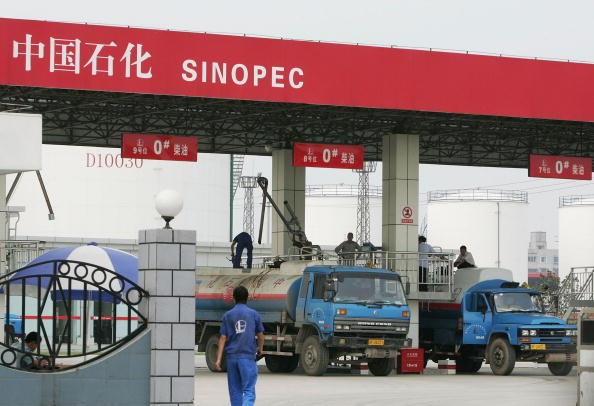For the first time in more than 50 years in the history of China Petroleum & Chemical Corp. (Sinopec), the oil and gas giant in China will be forced to shutter four oilfields in Shandong Province. The reason behind the closure is low prices of oil in the global market as well as glut in supply.
The four, considered the least profitable projects, are located in Sinopec’s Shengli oilfield, the second-largest oilfield in China. The move aims to avert further losses for the second-largest oil company in China which logged losses in 2015 of 9.2 billion yuan ($1.4 billion) due to the significant dip in oil prices last year.
But it is not just Sinopec that is reeling from the plummeting prices of black gold after oil prices more than halved since June, causing price of Brent crude oil to sell below $30 a barrel. Many energy companies in the world also reported revenue shortfalls in 2015 because of the volatile situation, reported China Daily.
Even China National Petroleum Corp., the biggest oil and gas producer in China, cut crude oil production at the Daqing oilfield in Heilongjiang Province in 2015, a first in seven years. In 2015, the field produced 38.4 million metric tons of oil, down from 2014’s 39.9 million metric tons production. Production would further be cut to only 32 million metric tons by 2020.
Since it costs $40, on the average, to produce one barrel of oil in China, at the current global price of below $30, profit was elusive for many Chinese oil companies in the past few months.
The lower oil prices are expected to continue, explained Eric Smith, associate director of Tulane University’s Energy Institute, because independent producers have accumulated an aggregate debt of $200 billion and they have almost zero means to pay it back, making these producers will to sell current production at whatever price is offered to them, reported CNN.



























